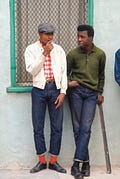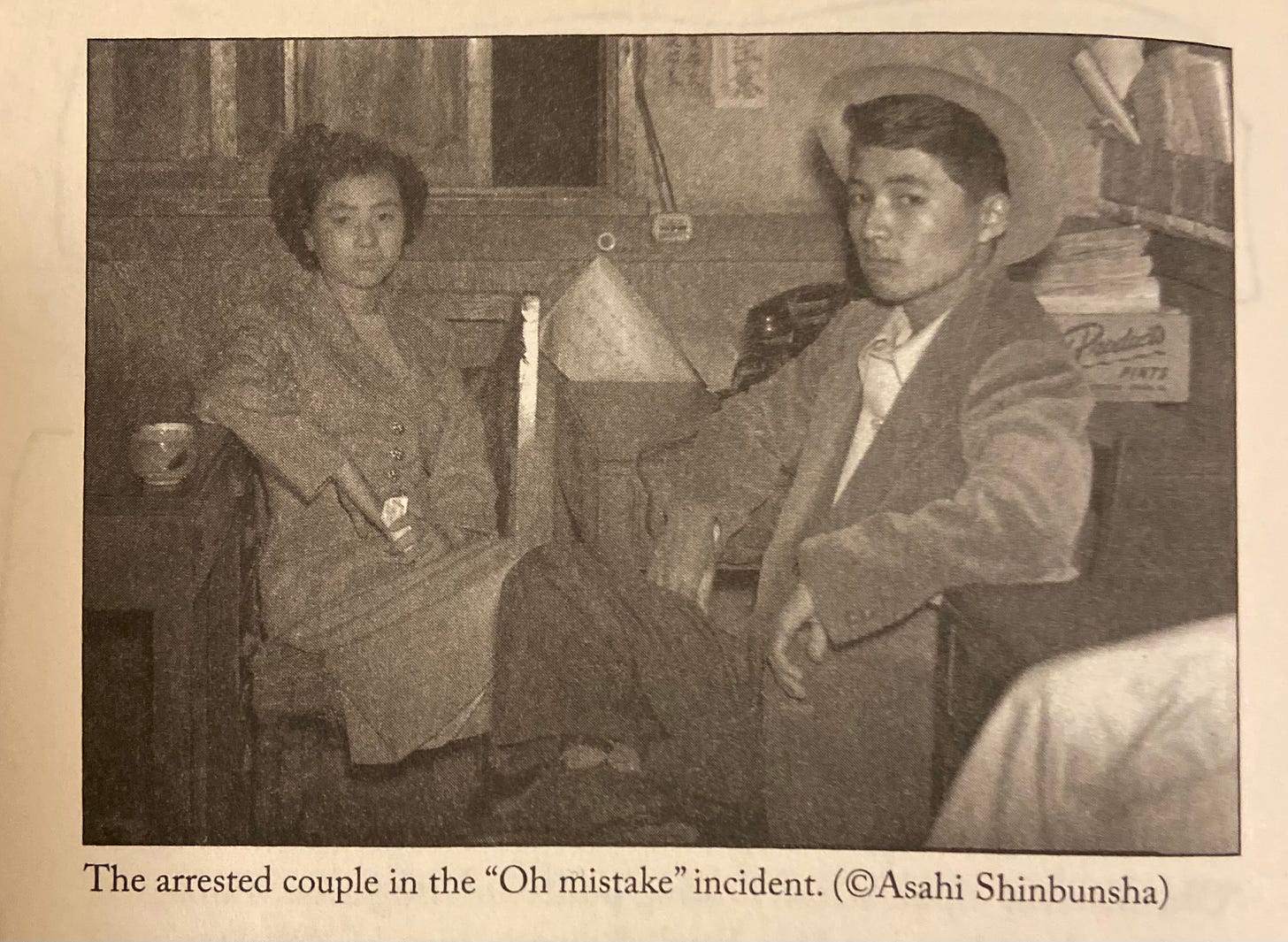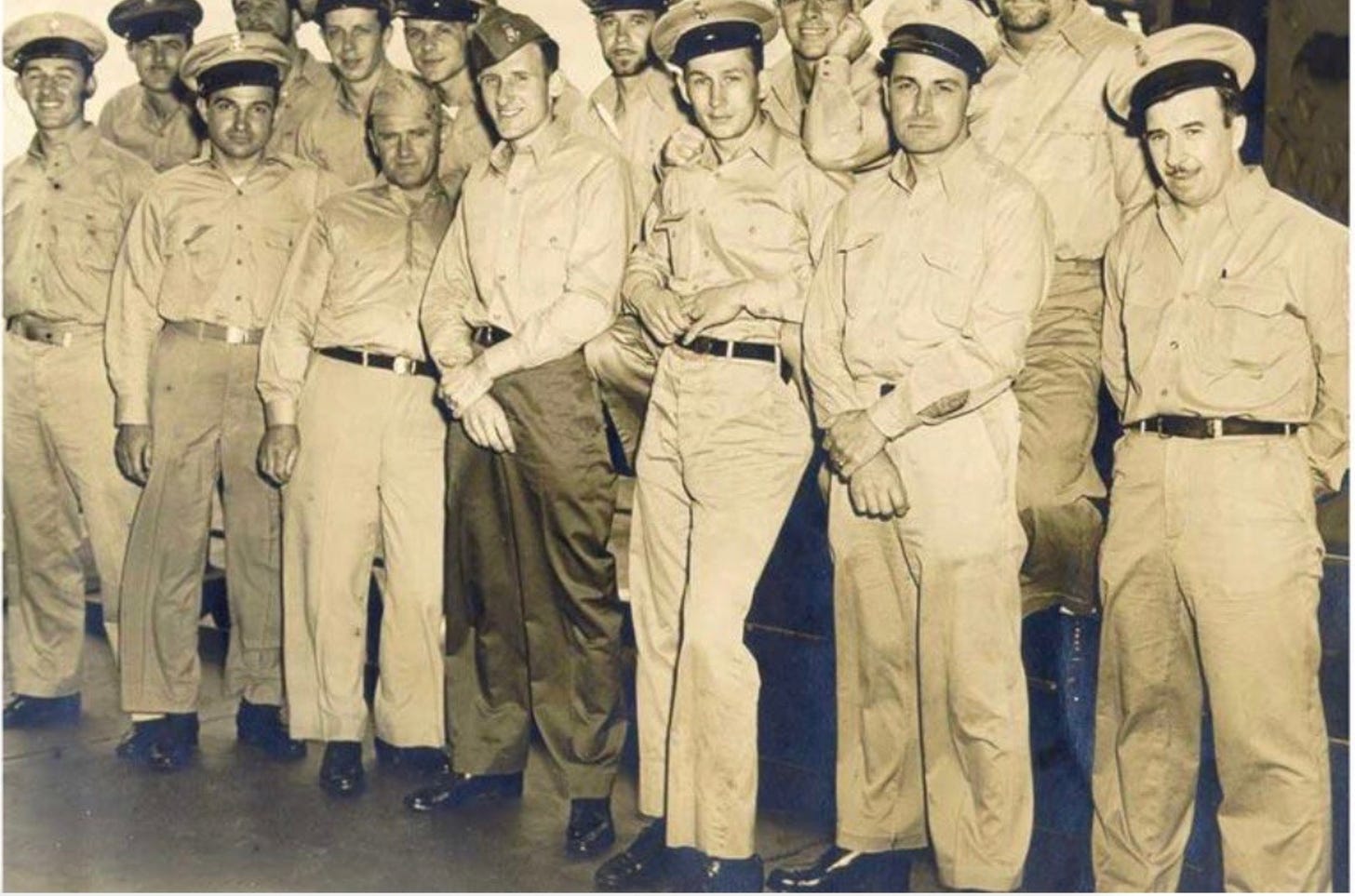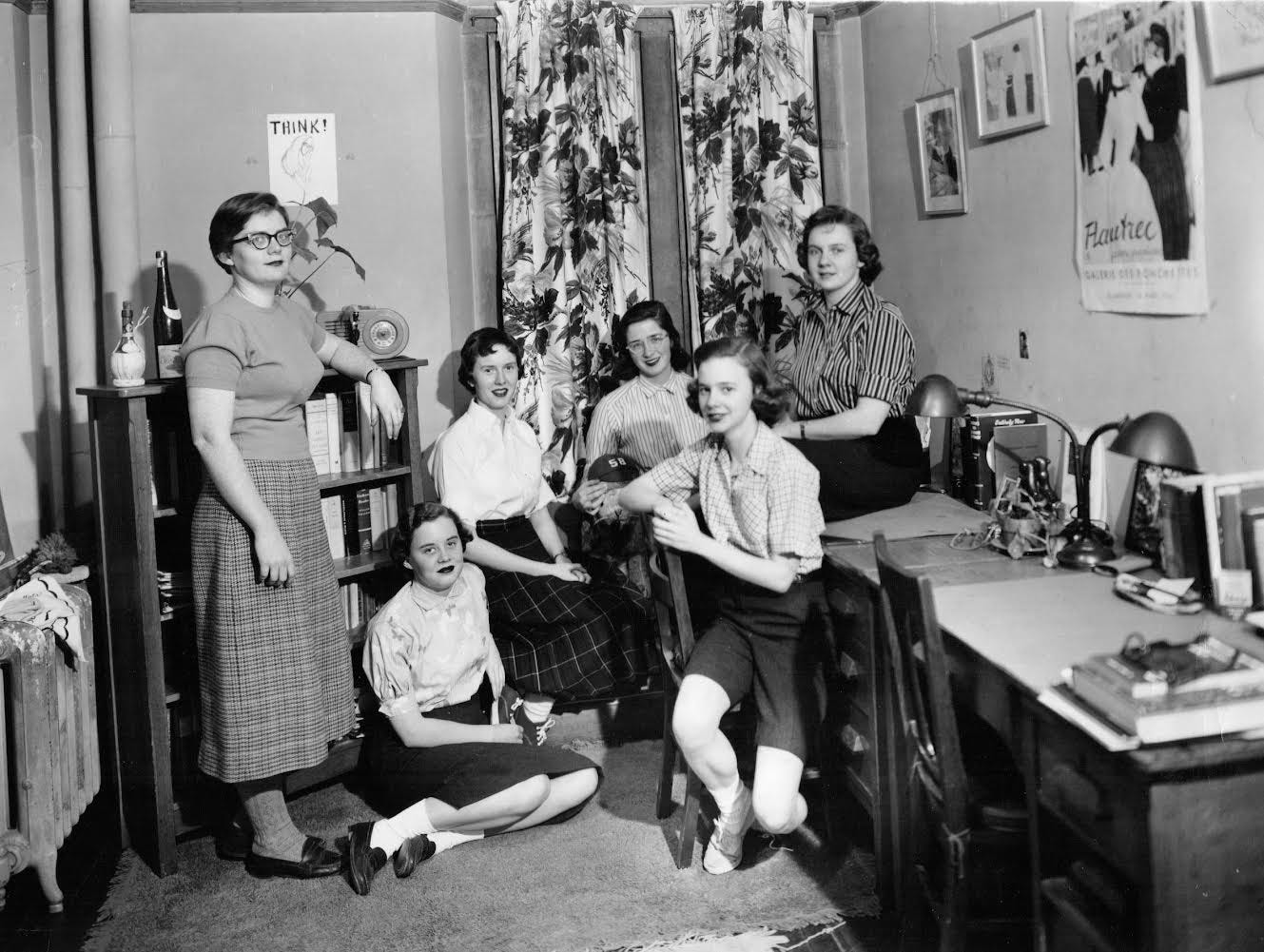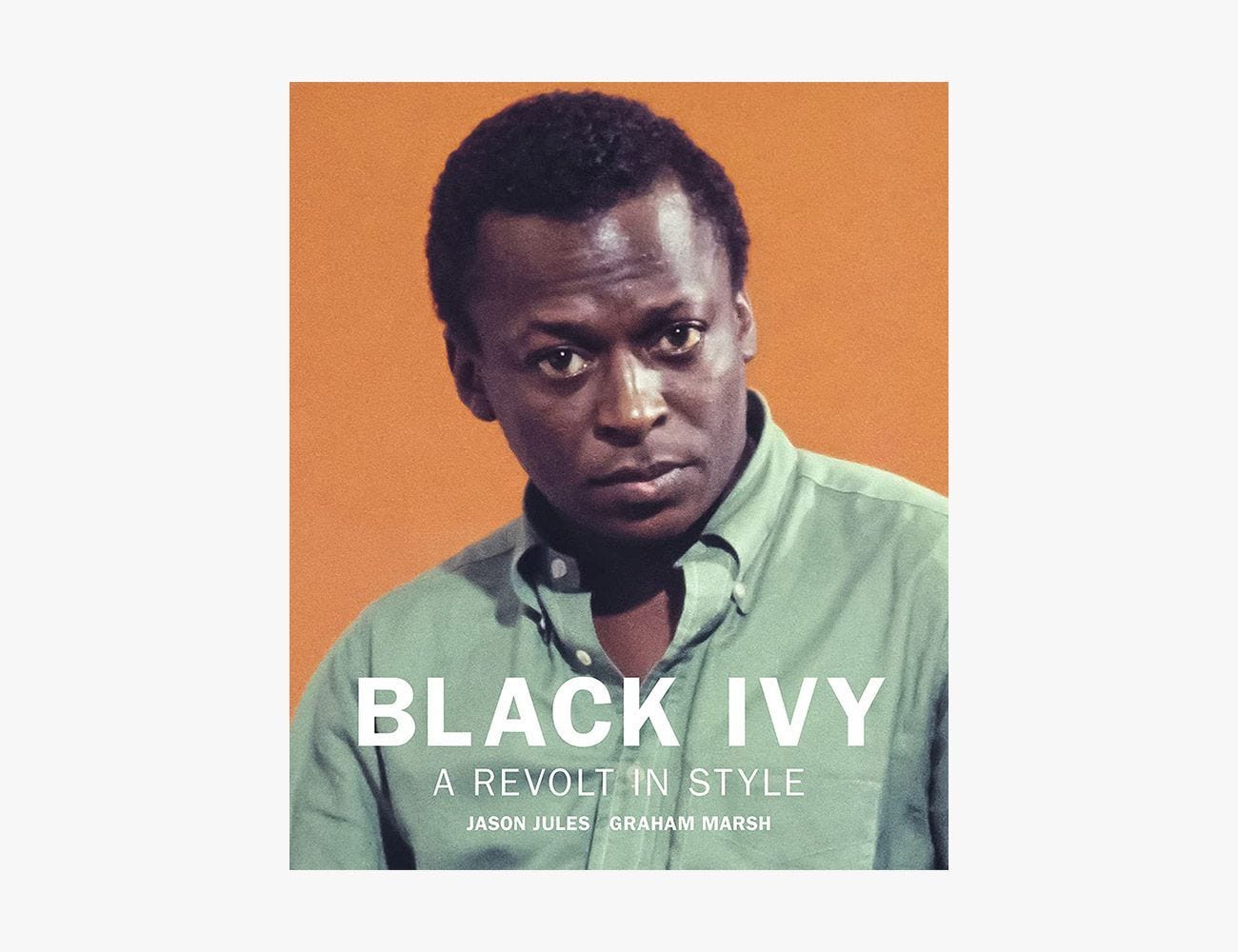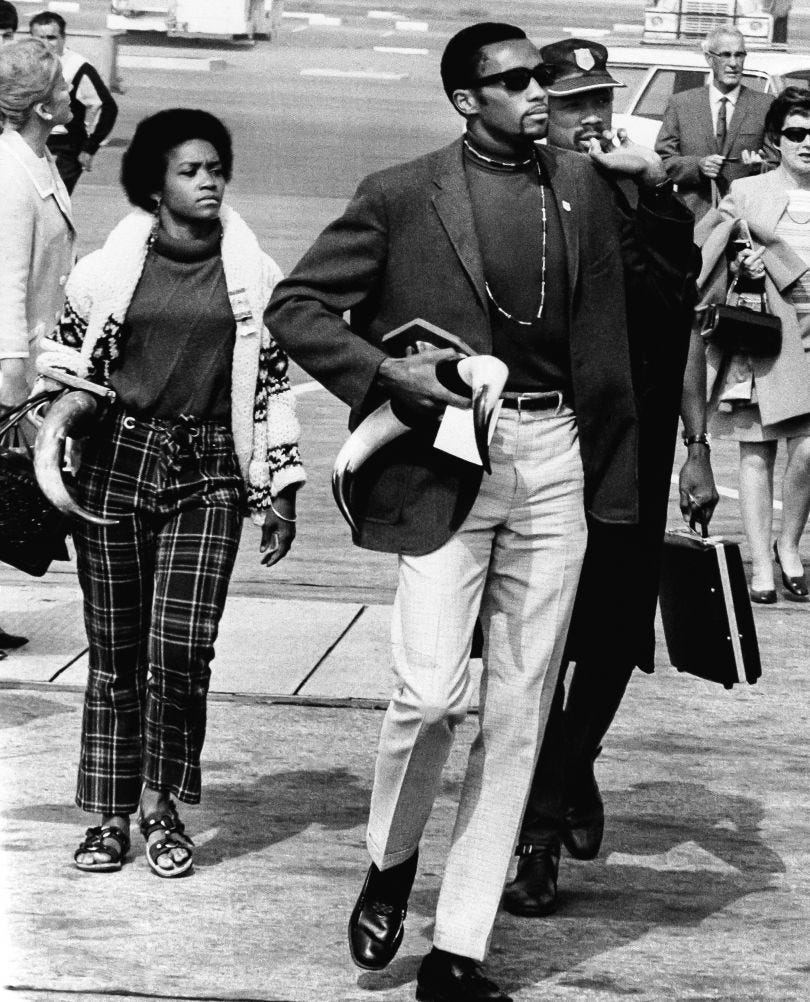Hello! Chapter 3!
And transcript:
Thanks for coming on this journey so far. And thank you to everyone who has been spreading the word about it. Seriously, it helps so much.
By the way, if you’re in Boston, come to this clothing swap next week.
This Chapter, in the Japan Part, we get into my favorite anecdote of the whole series. The “Oh, Mistake” incident.
And back in the United States, last chapter was really about exploring the roots of Ivy Style, which were extremely white, male, Protestant, and elite. But one of the most fascinating things about this clothing movement was the way it eventually spreads to everyone. And it wasn’t by chance. It was actual government policy that made Ivy truly all-American.
That’s right, I’m talkin’ about the GI Bill of 1944. It subsidized college for so many veterans and students of all kinds- many of whom thought they would never ever be able to attend university at all. And this spreads the “collegiate” look far and wide. Suddenly there were Ivy Style shops in every city and town and department store.
The interesting thing, is that veterans, in turn, changed Ivy Style itself. They added a very important element to the Ivy cannon: khakis.
Chinos are military surplus pants. And it turns out, khakis were brought onto campuses, the snobs at Princeton and Yale loved them. Soon khakis became just as classically Ivy as an oxford cloth button down shirt and loafers.
Many of the new manufacturers who started making Ivy clothes began by riffing on the Brooks Brothers look and expanding it. And a lot of these tailors were people who were largely excluded from Ivy League institutions, because they were Jewish .
Clothiers like J.Press, which was started by Jacobi Press, a Jewish immigrant from Latvia, began to supply high quality collegiate clothes to the students at Yale University. I was truly so lucky to talk about this with living legend and grandson of Jacobi Press, Richard Press.
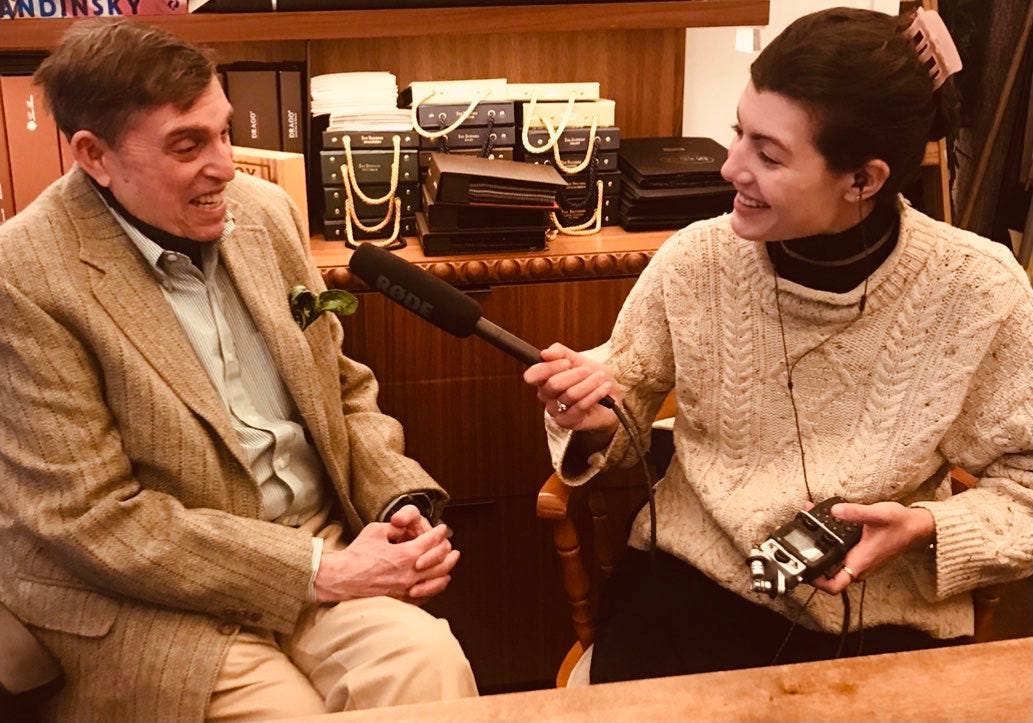
By the way, if you want to see some of know more about the history of Jewish exclusion in Ivy League colleges, that is, quite literally, a whole other podcast. Check That out.
So suddenly, thanks to the GI Bill, Ivy went from being the look of the upper-echelon of society, to the uniform of the newly-expanded middle class. And also, to accommodate the demand for college degrees, the GI Bill temporarily made many women’s colleges co-ed. And Ivy style became co-ed too.
In this chapter I spoke with Susan Dana, who is in this photo, but I cannot stop looking at her friend who is sitting in the front. Look at her- she is wearing a button down shirt and shorts and sneakers! Which was somewhat new look for women.
For a long time, Ivy retailers like Brooks Brothers did not sell smaller sizes, so many women would march into the boys section if they wanted to buy a button down collared shirt. Clearly this form of androgynous dressing was popular enough that Brooks noticed, and in 1949, Brooks introduced a button down collar shirt for (in pink!) explicitly for women. It was a huge sensation.
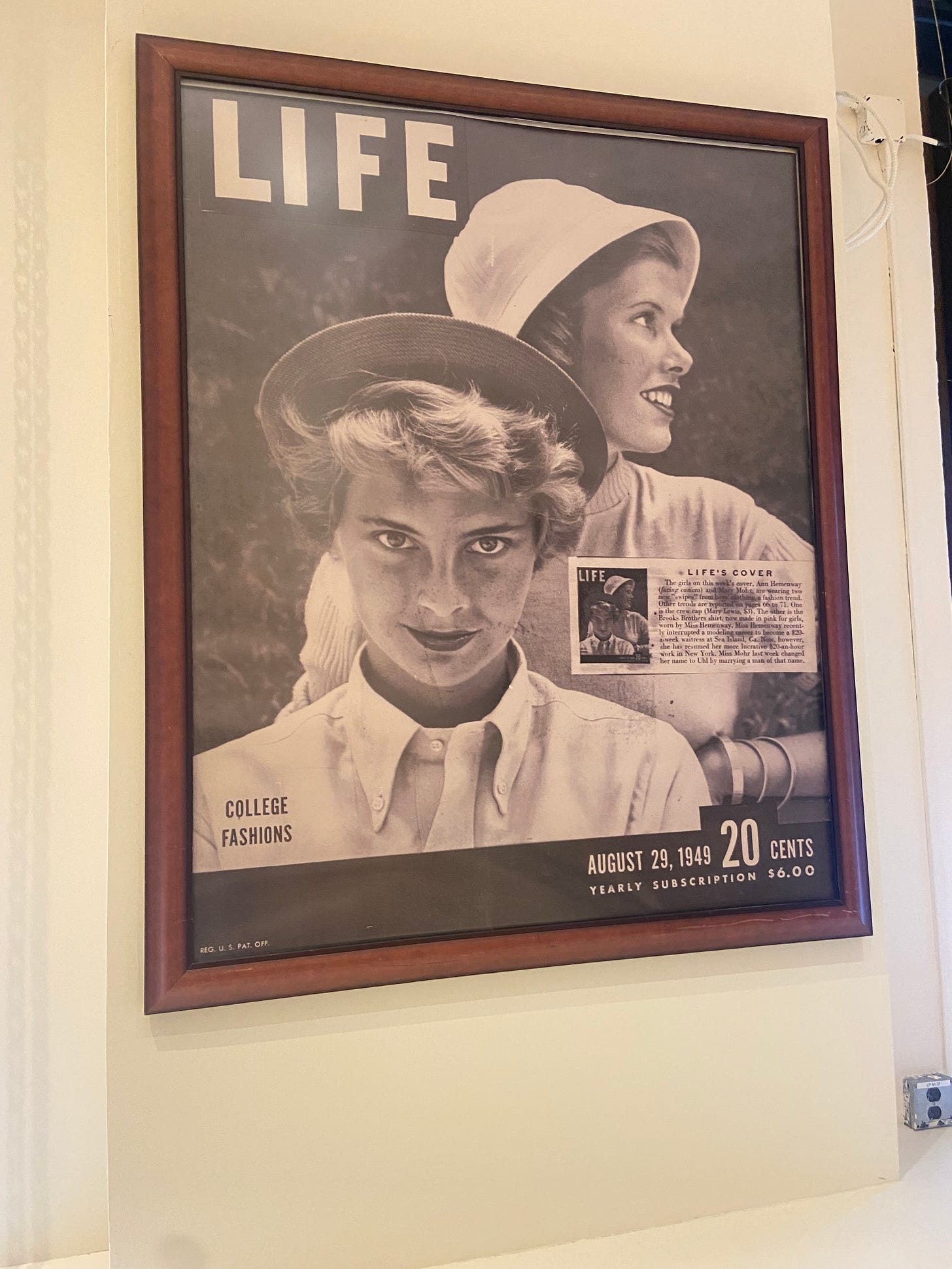
The Ivy look was also adopted by students at historically black colleges, and Black Ivy became a movement all its own.
As Jason Jules told me in our interview, Black Ivy was a bit of a departure from Ivy. Or rather, an iteration of it. Much in the same way that John Coltrane could cover My Favorite Things and turn it into something new, black jazz musicians and activists and writers took on Ivy and made it their own. Most obviously, this was done through the integration of workwear, and mixing denim and overalls in with button-down shirts and sweaters:
The interesting thing about Black Ivy, in particular, was that it was so tied up with activism…and the aesthetic of activism was about to change dramatically, after Martin Luther King was murdered. You can see the style shift from Ivy to more of a countercultural/Black Panther look … and this is really obvious on Olympic sprinter Tommie Smith (one of the athletes who would raise the Black power fist at the 1968 Olympics). He’s sort of rocking this look that’s sort of half-Ivy.
The counterculture was coming, and it would kill Ivy. And it would get a lot of help from… the advertising industry and the menswear industry. The Fashion industry had a vested interest in selling new exciting styles, away from Ivy. But that’s for next chapter.
By the way, may I ask you a quick question?
Let me know if you think I should make that effort. I’m on the fence.
Ok thanks! And also if any of you actually find a good Twitter alternative, let me know.
Yours,
Avery

